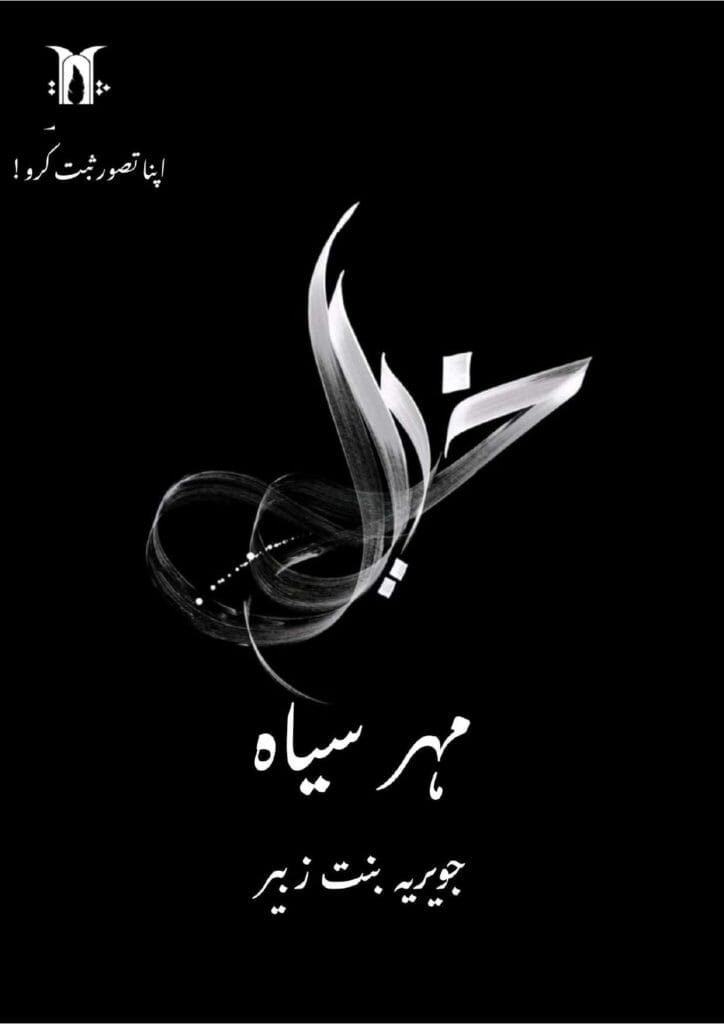مہر سیاہ ایک نوجوان کی کہانی ہے جس میں بتایا گیا کہ نوجوان کس طرح مال و دولت کےلئے غلط راستے چنتا مگر اللّٰہ کے کرم سے وہ ھدایت پا جاتا
“Mehr Siyah” is the story of a young man’s struggle between greed and guidance, between wealth and wisdom, between darkness and light. This Urdu afsana portrays how, in the pursuit of material wealth, youth often choose dangerous and destructive paths. Yet, through the infinite mercy of Allah, the protagonist eventually finds his way back to faith, morality, and true purpose.
At its core, this afsana is social commentary-based Urdu literature, shedding light on the temptations of materialism and the societal pressures that push young people toward corruption. It reflects how modern societies glorify wealth, luxury, and status, while neglecting values of honesty, humility, and spiritual fulfillment. Readers who admire social commentary-based Urdu afsanas, morality-driven fiction, and stories about redemption will find this tale deeply thought-provoking.
Social Commentary-Based Urdu Afsana
“Mehr Siyah” critiques the destructive pursuit of money, greed, and short-term pleasures. It examines how youth lose themselves in false dreams, only to discover the emptiness of worldly gains.
Romance-Based Urdu Afsana
Though not a traditional love story, the afsana symbolizes romance in a higher sense: the romance of rediscovering faith, the passion of reconnecting with Allah, and the ultimate love of truth over deception. The trope of romantic suspense appears metaphorically—the suspense of whether the protagonist will remain trapped in greed or find redemption.
Army-Based Urdu Afsana (Spiritual Jihad)
The story parallels the struggles of an army-based narrative, where instead of physical battlefields, the war is fought within the soul. Just as army-based Urdu stories emphasize sacrifice and loyalty, here the protagonist wages a jihad against his own desires, fighting a war between materialism and spirituality.
Fairy Tale Elements
Like a fairy tale-inspired Urdu afsana, the story transforms the protagonist’s journey into an allegory: greed is the dark curse, Allah’s mercy is the magical blessing, and guidance is the ultimate happily-ever-after.
Enemies to Lovers Trope (Symbolic)
In a symbolic sense, the protagonist begins as his own worst enemy—consumed by greed and self-interest—but ultimately transforms into a lover of truth, peace, and divine guidance. This mirrors the enemies to lovers trope in a spiritual, metaphorical dimension.
Readers will find in “Mehr Siyah” not only a story but also a mirror of their own struggles. How many of us chase dreams of money, success, and recognition, forgetting the simplicity of faith? How often do we lose ourselves in worldly noise, only to discover that true wealth lies in remembrance of Allah?
The afsana resonates with multiple audiences:
For admirers of social commentary-based Urdu afsanas, it reveals the dangers of materialism.
For readers of romance-based Urdu afsanas, it offers the emotional beauty of divine love.
For fans of army-based stories, it reflects the battlefield within the soul.
For lovers of fairy tale-inspired literature, it offers allegory, symbolism, and a moral ending.
For seekers of romantic suspense-driven afsanas, it keeps them engaged until the final revelation of redemption.
“Mehr Siyah” is more than just a tale of greed and guidance; it is a symbolic journey of every young person who struggles with temptation, loses themselves to worldly desires, and then finds redemption through Allah’s mercy. As a social commentary-based Urdu afsana, it critiques materialism. As a romance-based story, it reflects divine love. As an army-based metaphor, it portrays spiritual battles. As a fairy tale-inspired allegory, it turns life into a lesson. And as a romantic suspense-driven afsana, it keeps readers engaged until the final, hopeful conclusion.
Above all, this afsana reminds us that no matter how far we stray, Allah’s mercy is always near, ready to guide us from darkness into light.

